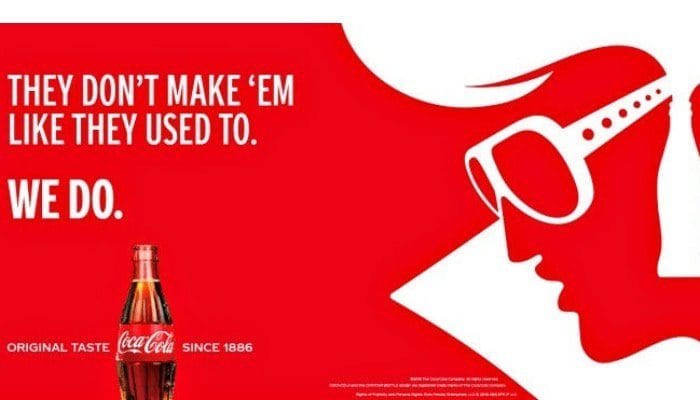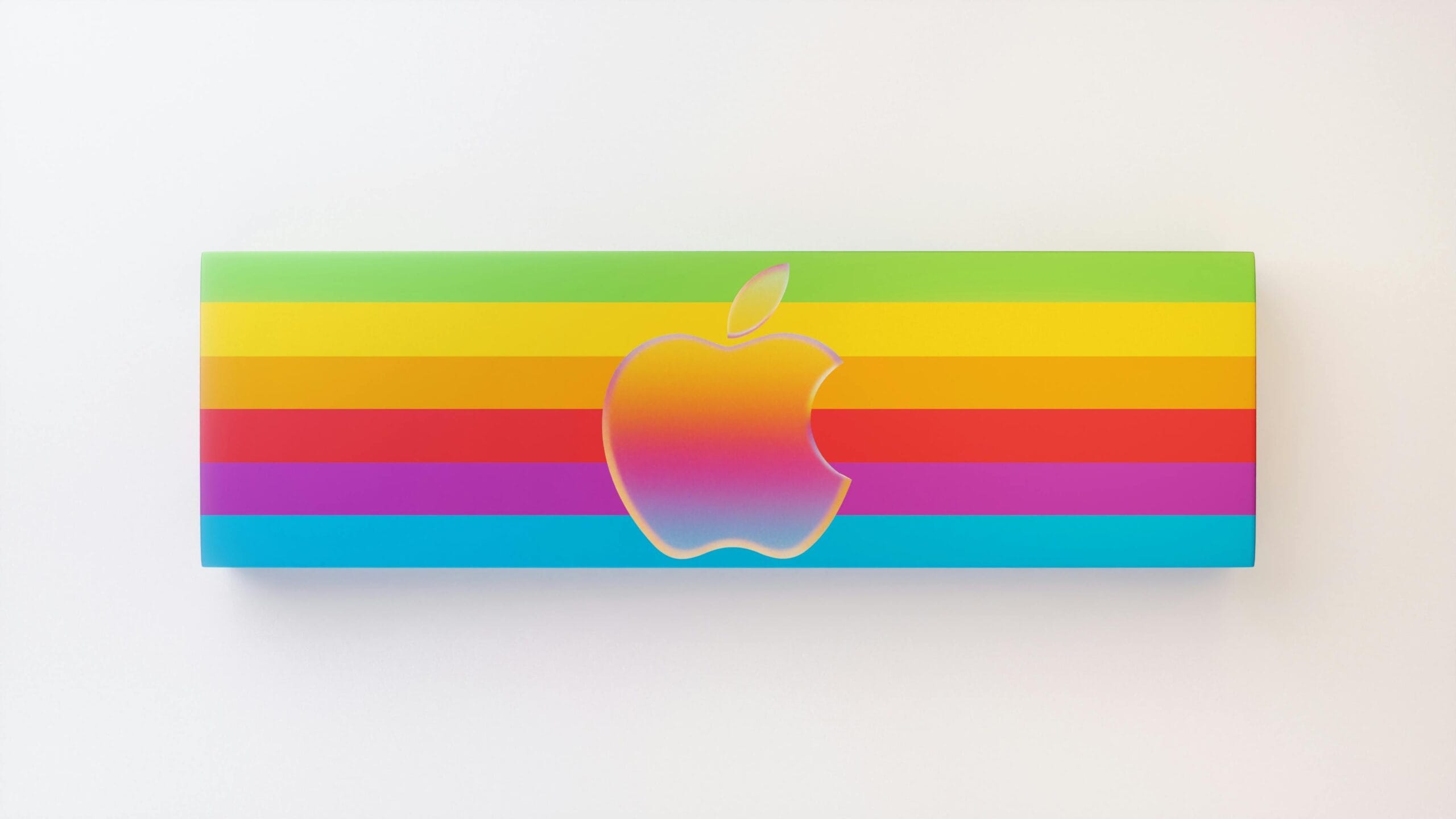7 Reasons For Storytelling in Brand Marketing
Humans have been telling stories for thousands of years. Stories connect us, evoke emotions, and inspire action. In marketing, storytelling transforms a brand from a name or product into a relatable and memorable experience. Whether a startup or a global corporation, leveraging storytelling in brand marketing creates a deeper bond with audiences.
In this blog, we’ll uncover why storytelling is central to great marketing and how you can harness its power for your brand.
1. Why Stories Resonate: The Psychology Behind It
Stories engage our brains in ways that raw facts and data cannot. Here’s why:
- Emotional Connection: Storytelling activates emotions, making customers feel more invested in your brand.
- Memorability: People remember stories better than facts. A powerful brand story sticks with your audience.
- Relatability: A well-told story makes your brand relatable, fostering trust and loyalty.
For instance, think about Coca-Cola’s advertisements. They sell not just beverages but happiness, family, and togetherness.

2. Storytelling and Brand Identity: Creating a Memorable Image
Your brand’s identity is not just your logo or tagline; it’s the story you tell. A consistent, compelling narrative helps define your brand.
- Show Your Values: Stories allow you to showcase the mission and values behind your brand.
- Create a Personality: A good story gives your brand a voice, making it stand out in a crowded market.
- Build Trust: You build trust with your audience by sharing authentic stories about your journey or customers.
Example: Apple’s brand identity thrives on the story of innovation and challenging the status quo. This narrative inspires loyalty among its users.

3. Advertising Through Storytelling: Engaging, Not Selling
Traditional advertising often focuses on direct selling. However, storytelling shifts the focus to engagement. Here’s how:
- Empathy and Relatability: Show how your product solves real-life problems.
- Inspire Action: Use stories to inspire customers to take action without feeling pressured.
- Humanise Your Brand: Stories about your team, customers, or challenges can make your brand more approachable.
Pro Tip: When crafting your story, remember the structure—beginning, middle, and end. Highlight the transformation your product or service enables.
4. Examples of Brands That Master Storytelling
- Nike: Nike’s “Just Do It” campaigns resonate with athletes worldwide because they are rooted in stories of resilience and achievement.
- Airbnb: By sharing user-generated stories of unique stays, Airbnb creates a sense of belonging and adventure.
- Dove: Dove’s campaigns like “Real Beauty” challenge societal norms and empower audiences with relatable, heartfelt stories.
5. How to Build Your Brand’s Story
Creating a compelling brand story doesn’t require a Hollywood script. Here’s a step-by-step guide:
- Define Your Purpose: What is your brand’s mission, and why does it exist?
- Know Your Audience: Understand their values, needs, and pain points.
- Show Authenticity: Share real experiences and avoid exaggeration.
- Focus on the Hero: Make your customer the hero of the story. Your brand should guide them to success.
- Include Conflict and Resolution: Highlight a challenge and how your brand provided the solution.
6. Storytelling Across Platforms: Tailoring Your Approach
Every platform offers unique opportunities for storytelling:
- Social Media: Use Instagram Stories, TikTok videos, and user-generated content to tell bite-sized stories.
- Blogs: Dive deep into narratives that educate and inspire.
- Email Campaigns: Personalize stories to build a one-on-one connection with your audience.
- Video Marketing: Engage audiences with visual and emotional storytelling.
7. Measuring the Impact of Storytelling in Marketing
To ensure your storytelling efforts pay off, track metrics such as:
- Engagement rates on social media.
- Website traffic and time spent on story-driven content.
- Conversion rates from campaigns centred around stories.
- Customer feedback and testimonials about your brand story.
FAQs About Storytelling in Marketing
Q1: What is brand storytelling?
Brand storytelling uses narratives to connect a brand emotionally with its audience. It communicates a brand’s values, mission, and purpose through relatable stories.
Q2: Why is storytelling effective in advertising?
Storytelling makes advertising more engaging by evoking emotions, building trust, and helping customers relate to the brand, which drives loyalty and conversions.
Q3: Can small businesses use storytelling in marketing?
Absolutely! Small businesses can share authentic stories about their beginnings, community involvement, or customer success stories to connect with their audience.
Q4: How do I make my brand story stand out?
Focus on authenticity, highlight your unique selling proposition (USP), and keep your audience at the centre of the story.
Q5: What are some storytelling formats for social media?
Use formats like Instagram Stories, reels, customer testimonials, and behind-the-scenes videos to share engaging narratives.
Make Storytelling Your Brand’s Superpower
Storytelling is not just a marketing tool—it’s the heart of great marketing. You can create lasting emotional connections, inspire action, and build loyalty by weaving compelling narratives into your brand’s identity and advertising strategies.
Whether you’re a startup or an established business, remember that every brand has a story to tell. Start crafting yours today, and watch your audience engage like never before.

